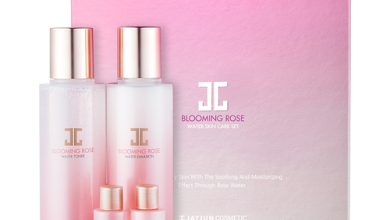Sedum burrito or donkey tail care
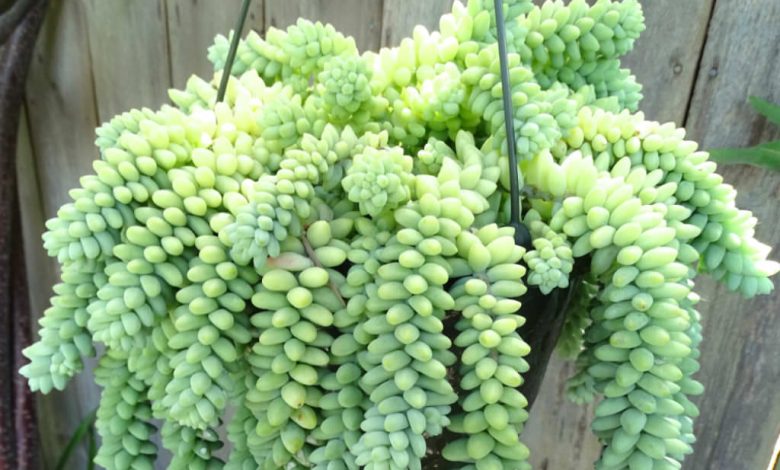
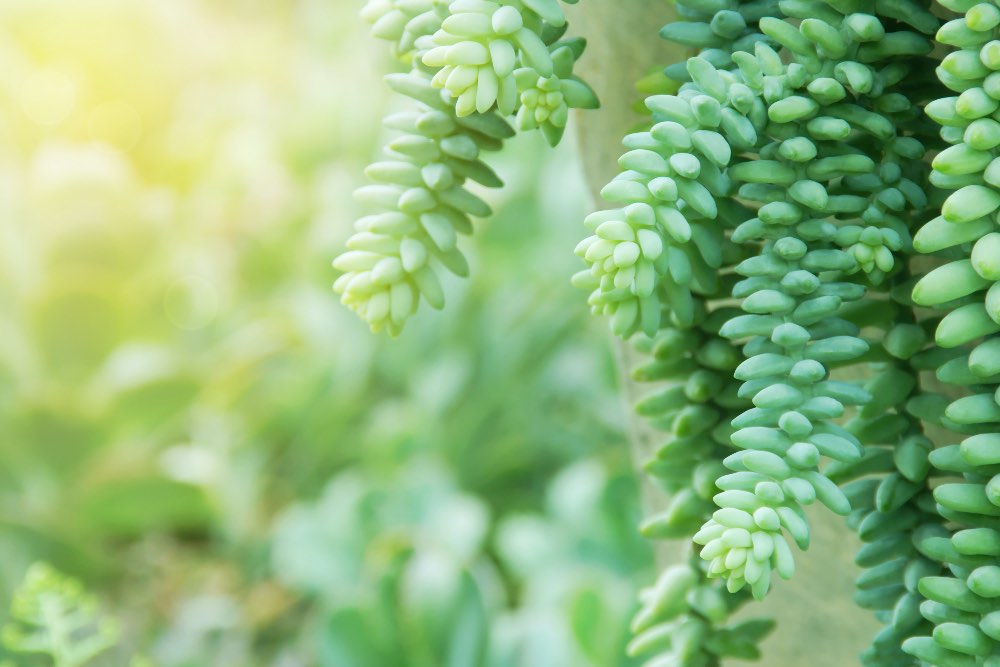
There is no doubt that those who are looking for plants that are simple to grow and undemanding, surrender to the charms of this succulent popularly called donkey’s tail. And it is perfectly logical: in addition to being striking and having a spectacular growth, the care of the Sedum burrito makes it very easy to enjoy it. A detail that makes this plant species one of the favorites for those who are new to the exciting world of succulents and succulents.
Something that characterizes the Sedum burrito is that it is a plant that is accompanied by a certain mystery. Unlike many other plants, whose origin and natural habitat are known in detail, in the case of donkey tail where it comes from is not so clear. Due to the shape of its fleshy, oval leaves, it is believed to be a natural hybrid of the Sedum Morganianum native to Mexico. The curious thing is that its discovery as such would be in 1977, and it would be in a greenhouse. How he got there remains part of his own legend.
Regardless of its authentic origin, the truth is that we are talking about a perfect hanging plant for both indoors and outdoors. A slow-growing succulent that, however, can reach a meter and a half in length if we follow the care of the Sedum burrito to the letter.
5 ESSENTIAL SEDUM BURRITO CARE FOR YOUR WELL-BEING
The first thing that is important to know about the care of the Sedum burrito is that we are talking about an extremely grateful plant. Not only is it a low-demand plant, but it also makes it very easy for us to multiply it. It is enough to know how to propagate succulents to have a nice collection of this Sedum decorating any space.
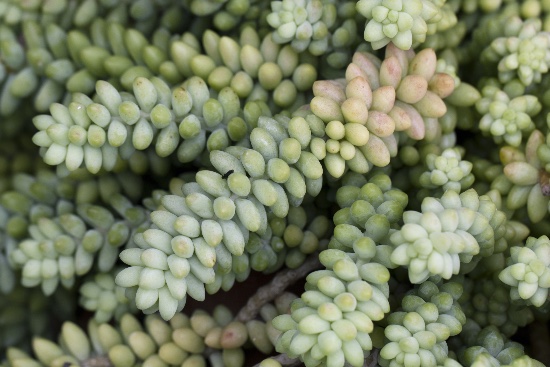
Although it is usually arranged in baskets or hanging pots, this Sedum is also ideal for other outdoor spaces. Thus, flowerpots, rockeries or even walls are likely to be perfect supports for this succulent to display its long vegetable arms.
Bearing all this in mind, let’s see how to enjoy it and promote that spectacular growth typical of this species. One that, for many, is complicated to grow only because they do not know their specific needs.
1. A lot of light but always indirect, one of the most important cares for the Sedum burrito
The first of the care of the Sedum burrito that, curiously, is also one of the most common mistakes in its cultivation. It is often thought that being a presumably Mexican plant, it needs a lot of direct light. And anything farter from the reality. If you do, not only will it lose its characteristic blue-green color, but it can even burn its fleshy leaves.
The ideal location for this succulent is always in a space where it has at least six hours of light a day, but always indirectly. Knowing if our plant receives the amount it needs goes through evaluating the color of the new leaves: if it does not vary with respect to the rest, it is in the right place.
2. Moderate watering and a good substrate, the duo of aces in the care of the Sedum burrito
We have insisted that it is an easy plant to care for and perfect for beginners. However, for many people, the Sedum burrito can be a real frustration as they see how it spoils without understanding why. And what is the reason? An excess of watering.
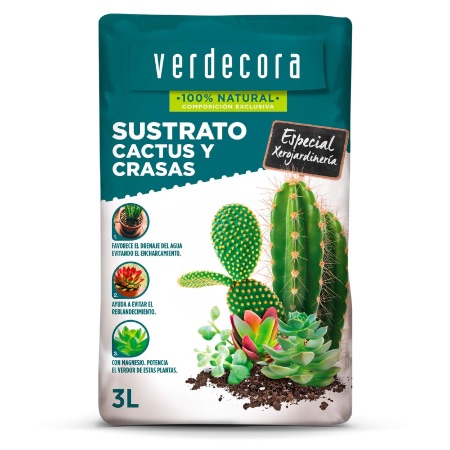
Beyond considering how to water succulents correctly, it is important to understand that the Sedum burrito is highly resistant to drought. During the spring and summer months, it appreciates regular watering once the substrate is completely dry. A guideline that we will have to reduce in the fall, and eliminate in winter.
But just as important as knowing how much water you need is having a good specific substrate for cacti and succulents. And not only because it helps us drain excess water: also and only thanks to it, our plant will have the necessary aeration in its roots.
3. Warm temperatures and safe from frost
Keep in mind that it is a plant of tropical origins. So, as much as it is capable of being exposed to temperatures of up to five degrees, make no mistake: it is not ideal. For its good health, we have to contemplate that the Sedum burrito thrives when it is between 10 and 30 degrees.
For this reason, in the cold months, it is worth putting it inside the house and placing it in a lighted space but away from artificial heat sources. And, of course, no frost: they will kill our plant.
4. Fertilized from time to time, important for its growth
Although in general cacti and succulents do not require too much fertilizer, the Sedum burrito stands out from the general trend. Let’s not confuse this with going over what is necessary, since it will play against the health of our plant.
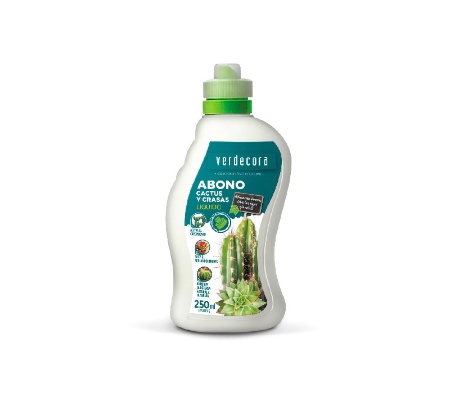
To correctly fertilize this precious succulent, it will suffice to do so with a specific fertilizer during the growing months. The ideal is to opt for a liquid one to dissolve in the irrigation water. Another alternative option is to add compost to the substrate at the beginning of spring, and not to fertilize more.
Very important: never pay outside the spring months and see the year. For the fertilizer to fulfill its role, our plant has to be exposed to warm temperatures.
5. Transplant only when it needs space to develop
And we come to the last of the Sedum burrito care that we must contemplate. And not lightly because, although we know how to transplant succulents correctly, in this case we will have to be especially careful with the task. On the one hand, because handling the plant can cause some of its stems to break. On the other hand, because that characteristic layer that covers its leaves and which is called bloom should not be touched excessively.
For both reasons, the ideal is that the transplant of the Sedum burrito should be done only when it no longer has room to grow. In addition, the ideal is to do it in a slightly larger pot; and always with the substrate dry to make it more manageable.
Do you dare to include this beauty among your plants? You will not regret!


![Photo of Prune Capers: [Importance, Time, Considerations and Steps]](https://www.complete-gardening.com/wp-content/uploads/2021/06/Alcaparra_1615296745-390x220.jpg)
